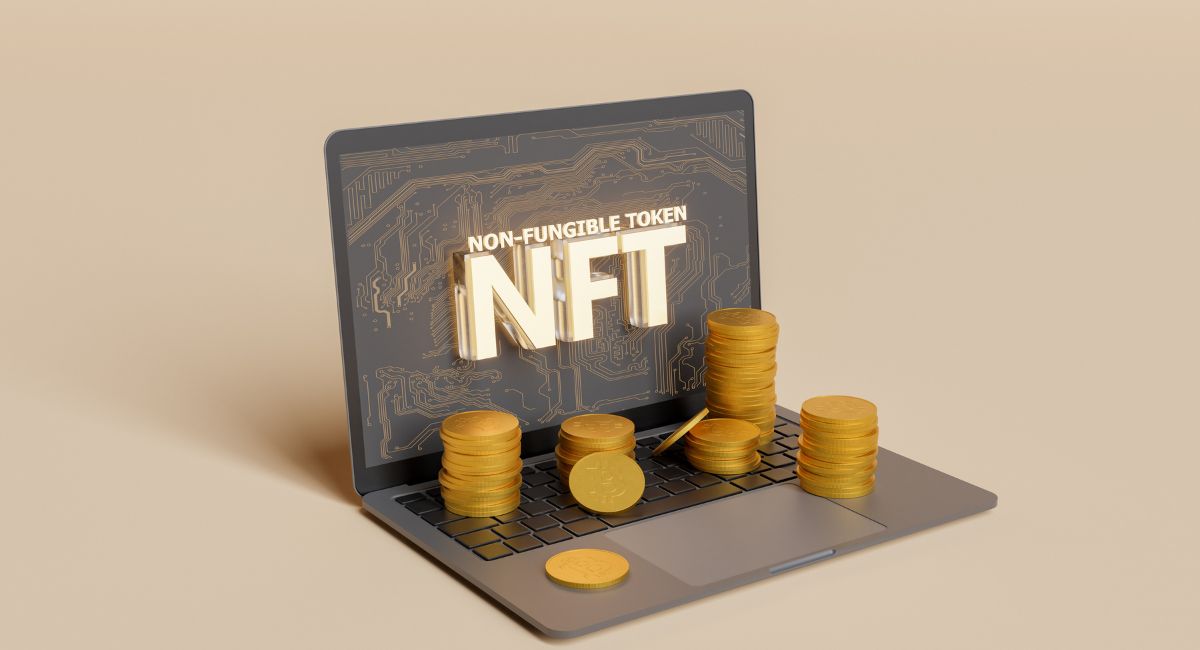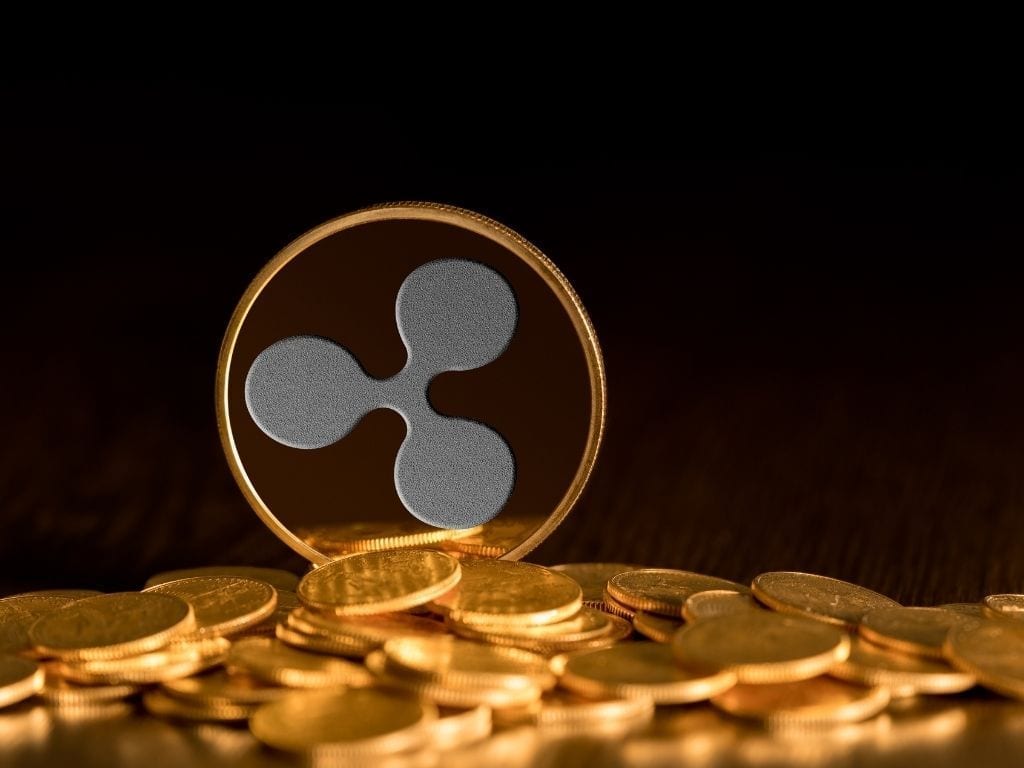NFT Sales In NFT Marketplaces: Top 10 Intriguing Minting Problems Impacting Overall Sales
Non-Fungible Tokens (NFTs) have garnered significant attention and investment in recent years, with digital art, collectibles, and virtual real estate being sold for millions of dollars. NFT marketplaces have become the go-to platforms for artists and creators to mint and sell their unique digital assets. However, despite the immense potential, NFT sales can sometimes fall short of expectations due to various minting problems in the NFT marketplaces. In this article, we’ll explore the top 10 minting problems that are impacting NFT sales in NFT marketplaces.
Top 10 minting problems that are impacting NFT sales in NFT marketplaces.
1. High Gas Fees:
- #GasFees #Ethereum 💸
One of the most common issues is the high cost of minting on Ethereum, the dominant blockchain for NFTs. Gas fees can be exorbitant, making it economically unviable for many artists and creators to mint and sell their NFTs.
2. Scalability Issues:
- #Scalability #NetworkCongestion 📈
Ethereum’s scalability problems can result in network congestion and slow transaction times, leading to frustration among users who have to wait for their NFTs to be minted.
3. Complex Minting Process:
- #UserExperience #Complexity 🧩
Some NFT minting processes are complex and require technical knowledge, which can deter less tech-savvy artists and creators from participating in the NFT space.
4. Limited Platform Compatibility:
- #Interoperability #PlatformLock-In 🔗
Minting NFTs on one platform might limit their compatibility with other marketplaces, reducing the potential audience and sales opportunities for creators.
5. Metadata Issues:
- #Metadata #InformationMismatch 📝
Incorrect or incomplete metadata can affect the discoverability and value of NFTs. Users rely on metadata to understand the context and provenance of an NFT.
6. Art Authentication:
- #Authentication #Plagiarism 🎨
Ensuring the authenticity and originality of digital art is a challenge. NFT marketplaces must address concerns related to copyright infringement and plagiarism.
7. Minting Fees and Commissions:
- #MintingFees #Commissions 💰
Some NFT marketplaces charge substantial minting fees and commissions, reducing the earnings of artists and creators.
8. Smart Contract Vulnerabilities:
- #Security #SmartContracts 🔒
Vulnerabilities in the smart contracts used for minting can result in hacks, asset theft, and loss of trust in the marketplace.
9. Regulatory Compliance:
- #Regulations #Compliance 📜
NFT marketplaces must navigate complex regulatory landscapes, which can impact their operations and user base.
10. Environmental Concerns: – #Sustainability #CarbonFootprint 🌍
The environmental impact of blockchain networks, especially those using proof-of-work consensus like Ethereum, is a growing concern. Some users are hesitant to mint NFTs due to their carbon footprint.
Also, read – Let’s learn how to create an NFT in 6 Easy Steps
Addressing Minting Problems:
While these minting problems can be challenging, there are potential solutions and strategies to mitigate their impact:
- Layer 2 Solutions: Explore Layer 2 scaling solutions like Optimistic Rollups and sidechains to reduce gas fees and enhance scalability.
- User-Friendly Interfaces: Improve the user experience with simplified minting processes and user-friendly interfaces that do not require technical expertise.
- Blockchain Alternatives: Consider minting NFTs on blockchain networks with lower fees and better scalability.
- Metadata Verification: Implement mechanisms to verify the accuracy and authenticity of metadata, reducing the risk of misinformation.
- Smart Contract Audits: Regularly audit smart contracts for security vulnerabilities to protect against hacks and breaches.
- Reduced Fees and Commissions: Review fee structures to ensure they are fair to artists and creators, fostering a more attractive environment for minting.
- Environmental Sustainability: Explore blockchain networks using more environmentally friendly consensus mechanisms like proof-of-stake (PoS).
0/🧵If you’re not growing, you’re dying.
With NFTs, growth is not the issue. The problem lies in the SPEED of growth.
The NFT minting structure is not designed to provide longevity.
Instead it favors serial raisers, which comes at the expense of investors. pic.twitter.com/JQg25RWO3t
— Turnt Up Dylan 💀👑 (@TurntUpDylan) May 2, 2023
Let’s explore the top 5 ways to solve the minting problems in NFT marketplaces:
1. Implement Layer 2 Scaling Solutions:
- Problem Addressed: High gas fees and slow transaction times on Ethereum.
- Solution: Layer 2 scaling solutions like Optimistic Rollups, zk-Rollups, and sidechains can significantly reduce gas fees and increase transaction throughput. These solutions allow users to mint NFTs on Layer 2 networks with lower costs and then bridge them back to the Ethereum mainnet for broader visibility.
2. Develop User-Friendly Interfaces:
- Problem Addressed: Complex minting processes that deter less tech-savvy creators.
- Solution: Create user-friendly interfaces and minting platforms that simplify the process. Provide step-by-step guides, intuitive UI/UX, and tooltips to assist creators in minting NFTs without requiring extensive technical knowledge.
3. Explore Blockchain Alternatives:
- Problem Addressed: Ethereum’s scalability and high gas fees.
- Solution: Consider minting NFTs on alternative blockchain networks that offer better scalability and cost-efficiency. Networks like Binance Smart Chain, Flow, and Polygon are gaining popularity for NFT minting due to their lower fees and faster transactions.
4. Metadata Verification Mechanisms:
- Problem Addressed: Metadata issues that affect NFT discoverability and value.
- Solution: Implement metadata verification mechanisms that allow creators to verify the accuracy and authenticity of their metadata. This can involve partnerships with trusted data providers or blockchain-based verification tools to ensure that NFT information is accurate and complete.
5. Fair Fee Structures and Commission Models:
- Problem Addressed: High minting fees and commissions that reduce creator earnings.
- Solution: Review and adjust fee structures to be more equitable for artists and creators. Consider lowering minting fees and commissions to ensure that creators retain a larger portion of their NFT sales. Transparent fee structures and tiered commission models based on sales volume can incentivize more minting activity.
By implementing these solutions, NFT marketplaces can address the minting problems that impact NFT sales. These strategies aim to reduce costs, improve the user experience, enhance transparency, and promote fair compensation for creators, ultimately making NFT minting more accessible and appealing to a wider range of artists, creators, and collectors. Solving these minting problems is crucial for the continued growth and sustainability of the NFT ecosystem.
In conclusion, while NFT marketplaces offer immense potential for artists and creators, minting problems can hinder NFT sales. Addressing these issues through technological advancements, improved user experiences, and fairer fee structures can help unlock the full potential of the NFT ecosystem, making it more accessible and attractive to a broader audience of artists, creators, and collectors.
Conclusion: Navigating the Complexities of NFT Minting for Marketplace Success
The rapid ascent of NFTs (non-fungible tokens) has transformed digital art, collectibles, and even real-world assets, opening new avenues for creators and investors alike. However, the process of minting NFTs—a crucial step in their lifecycle—poses several challenges that can significantly impact overall sales within NFT marketplaces.
The top ten minting problems highlighted in this discussion illustrate the intricate nature of the NFT ecosystem. These challenges range from technical issues, such as high gas fees and network congestion, to more nuanced problems like smart contract vulnerabilities, environmental concerns, and the barriers to entry for non-technical creators. Each of these factors can influence the success of an NFT launch, affecting everything from the perceived value of the asset to the broader reputation of the marketplace hosting the sale.
One of the most pressing issues is the impact of gas fees on the accessibility and affordability of minting NFTs. High gas fees can deter creators from entering the space and dissuade buyers from purchasing newly minted NFTs, leading to a slowdown in market activity. Similarly, network congestion can cause delays and failed transactions, frustrating both sellers and buyers and undermining confidence in the NFT ecosystem.
Another critical area is the security of smart contracts. As NFTs rely on these contracts to enforce ownership and transfer rights, vulnerabilities can lead to hacks, lost assets, and a loss of trust in the marketplace. This highlights the need for rigorous auditing and robust development practices to ensure the integrity of NFT platforms.
Environmental concerns also play a significant role, with the energy-intensive nature of some blockchain networks prompting backlash from environmentally conscious consumers and creators. The shift toward more sustainable blockchain solutions, such as those using proof-of-stake consensus mechanisms, is essential for the long-term viability of the NFT space.
Moreover, the complexity of the minting process itself can be a barrier for creators without technical expertise. Simplifying this process through user-friendly interfaces and tools is crucial for broadening the appeal of NFTs and encouraging more diverse participation in the marketplace.
The issues of market saturation and intellectual property (IP) theft also pose serious challenges. As the NFT space becomes increasingly crowded, standing out becomes more difficult, and the risk of copying and unauthorized minting of existing works threatens the value of original creations. Marketplaces need to implement better verification mechanisms and take proactive steps to protect creators’ rights.
Lastly, legal and regulatory uncertainties surrounding NFTs create a landscape where creators and buyers must navigate complex and often unclear rules. As governments and regulators begin to catch up with the technology, it is vital for marketplaces to stay informed and compliant with evolving regulations to avoid legal pitfalls that could impact sales and platform viability.
In conclusion, while the NFT market continues to offer immense potential for innovation and profit, the challenges associated with minting NFTs cannot be overlooked. Marketplaces, creators, and buyers alike must work together to address these issues, ensuring a more secure, accessible, and sustainable future for NFTs. By overcoming these obstacles, the NFT ecosystem can continue to thrive, unlocking new opportunities for creativity, ownership, and value in the digital age. The success of NFT sales hinges not only on the allure of the assets themselves but also on the robustness and reliability of the infrastructure that supports their creation and exchange.
Stay informed with daily updates from Blockchain Magazine on Google News. Click here to follow us and mark as favorite: [Blockchain Magazine on Google News].
Get Blockchain Insights In Inbox
Stay ahead of the curve with expert analysis and market updates.
latest from tech
Disclaimer: Any post shared by a third-party agency are sponsored and Blockchain Magazine has no views on any such posts. The views and opinions expressed in this post are those of the clients and do not necessarily reflect the official policy or position of Blockchain Magazine. The information provided in this post is for informational purposes only and should not be considered as financial, investment, or professional advice. Blockchain Magazine does not endorse or promote any specific products, services, or companies mentioned in this posts. Readers are encouraged to conduct their own research and consult with a qualified professional before making any financial decisions.

 Bitcoin
Bitcoin  Ethereum
Ethereum  Tether
Tether  XRP
XRP  Solana
Solana  Dogecoin
Dogecoin  USDC
USDC  Lido Staked Ether
Lido Staked Ether  Cardano
Cardano  TRON
TRON  Avalanche
Avalanche  Chainlink
Chainlink  Toncoin
Toncoin  Wrapped stETH
Wrapped stETH  Shiba Inu
Shiba Inu  Sui
Sui  Wrapped Bitcoin
Wrapped Bitcoin  Hedera
Hedera  Stellar
Stellar  Polkadot
Polkadot  Hyperliquid
Hyperliquid  WETH
WETH  Bitcoin Cash
Bitcoin Cash  LEO Token
LEO Token  Uniswap
Uniswap  Litecoin
Litecoin  Pepe
Pepe  NEAR Protocol
NEAR Protocol  Wrapped eETH
Wrapped eETH  Ethena USDe
Ethena USDe  Aave
Aave  Internet Computer
Internet Computer  Aptos
Aptos  USDS
USDS  Cronos
Cronos  POL (ex-MATIC)
POL (ex-MATIC)  Mantle
Mantle  Ethereum Classic
Ethereum Classic  Render
Render  Bittensor
Bittensor  Monero
Monero  MANTRA
MANTRA  Artificial Superintelligence Alliance
Artificial Superintelligence Alliance  WhiteBIT Coin
WhiteBIT Coin  Arbitrum
Arbitrum  Dai
Dai  Filecoin
Filecoin 



